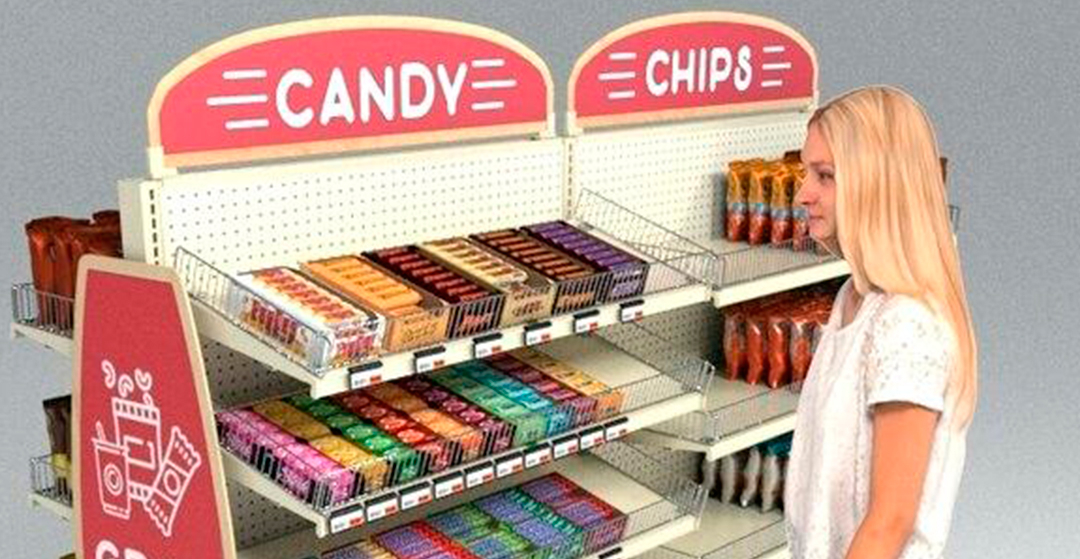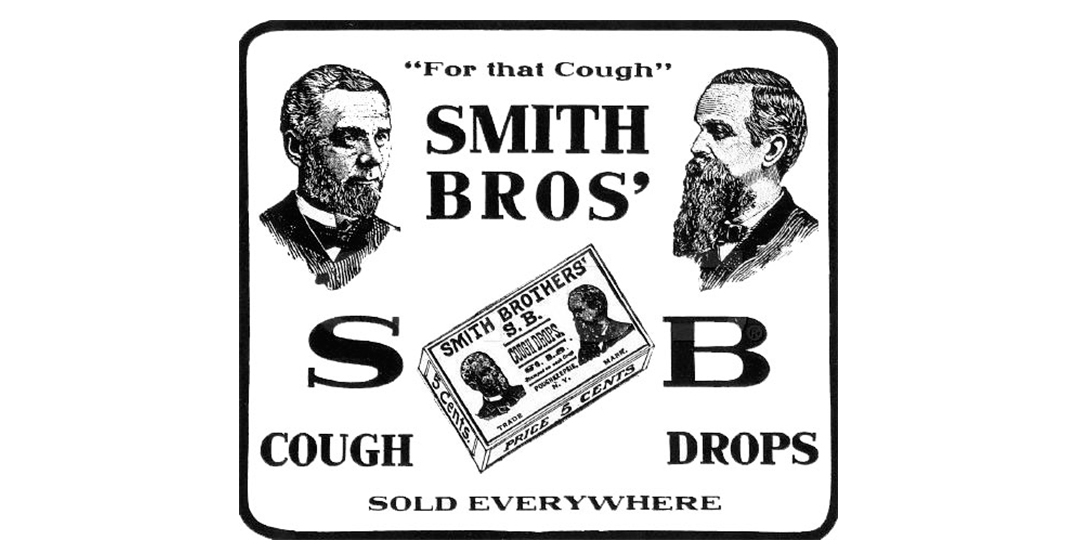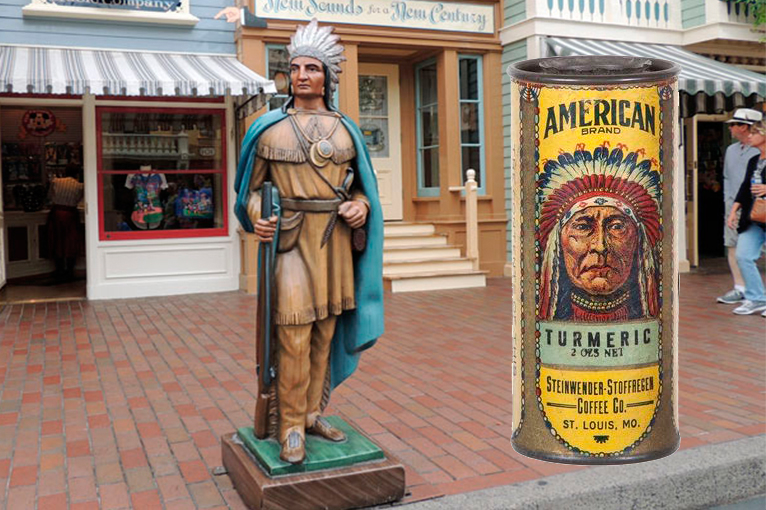
Advertising at the point of sale, despite being one of the most retained marketing strategies nowadays, is not a modern practice, rather the opposite. Advertising at the point of sale originated in the early 19th century.
It is believed that the first to use this technique were brothers William and Andrew Smith. The Smith brothers marketed a fairly popular cough syrup and discovered that many merchants began imitating their product. To stand out from their competitors they devised a marketing strategy at the point of sale.

They advocated promoting impulse buying, offering the product in an attractive way. Thus, they displayed a poster in which the miraculous drops were advertised at the price of 5 cents per sachet and instructed the shop assistants to always give shoppers a 5-cent coin on their assorted purchases.
The success was astonishing, most customers then used the 5 cents to buy the miraculous drops. They related the price of the drops with the currency they had just been handed, and impulsively gave it back to the merchant in exchange for the drops.
The first advertising lure
The first-ever advertising lure was a Native American. Formerly, in the United States, tobacconists used to hire Native Americans to position themselves by the tobacconists’ door, for a "smoking of the peace pipe" effect. These, patiently sat next to the shop, with feathers and crossed arms, to attract customers. Over time they were replaced by wooden effigies, still popular today.

Subsequently, advertising at the point of sale has evolved tenfold. Currently, assorted advertising lure holders like those manufactured and marketed by Manufacturas Metalúrgicas RSL, along with call-to-action advertising, are at the forefront of manifold advertising campaigns.


